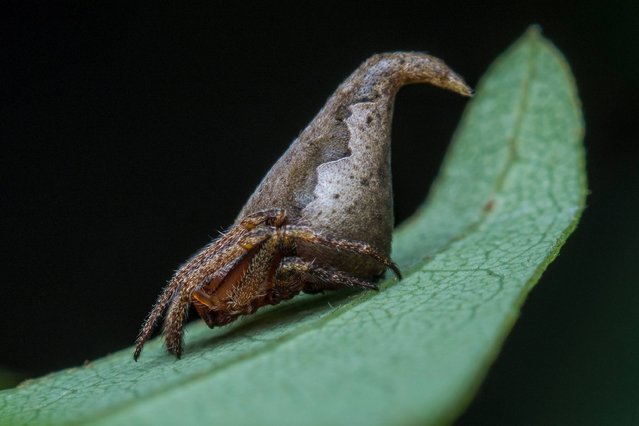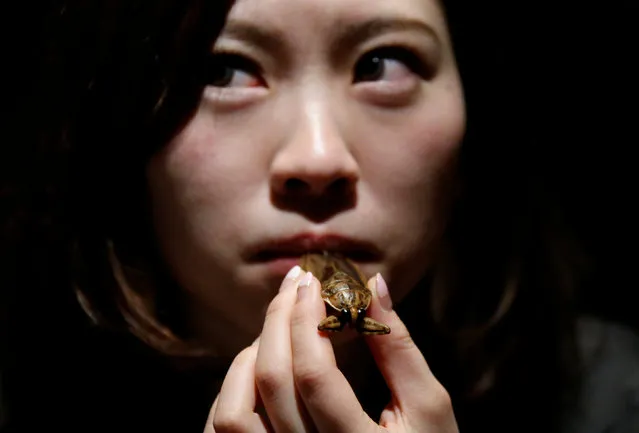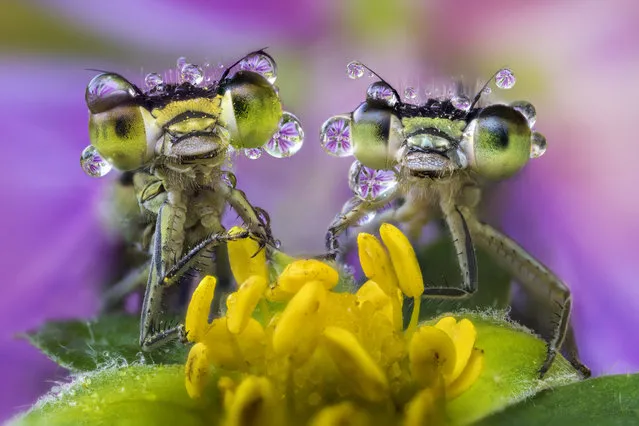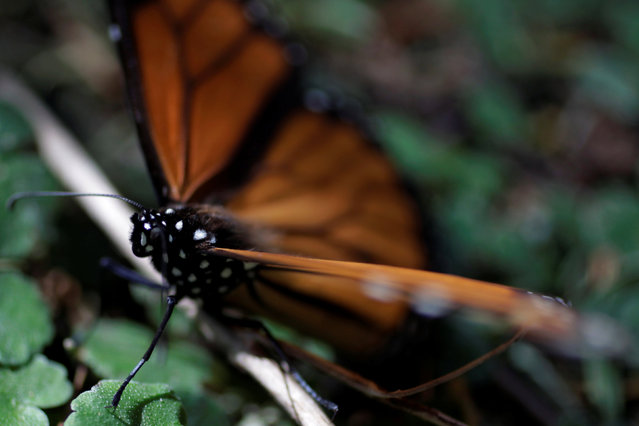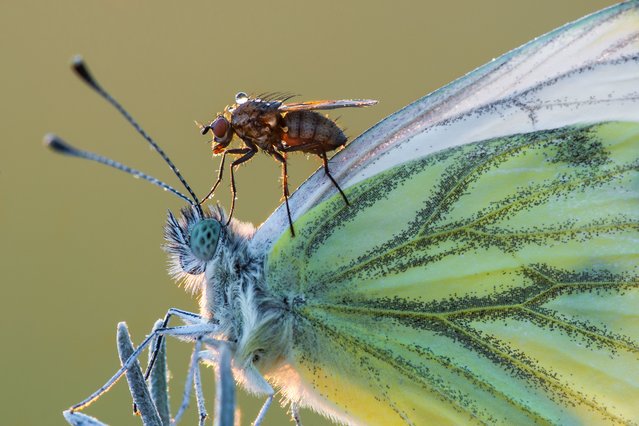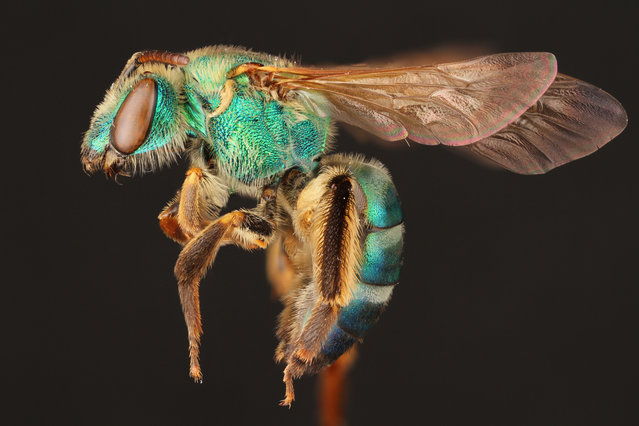
These macro images by Alejandro Santillana are being showcased in the Insects Unlocked project at the University of Texas at Austin. Here: A female sweat bee. (Photo by Alejandro Santillana/Insects Unlocked/Cover Images)
21 Jul 2017 07:55:00,post received
0 comments


